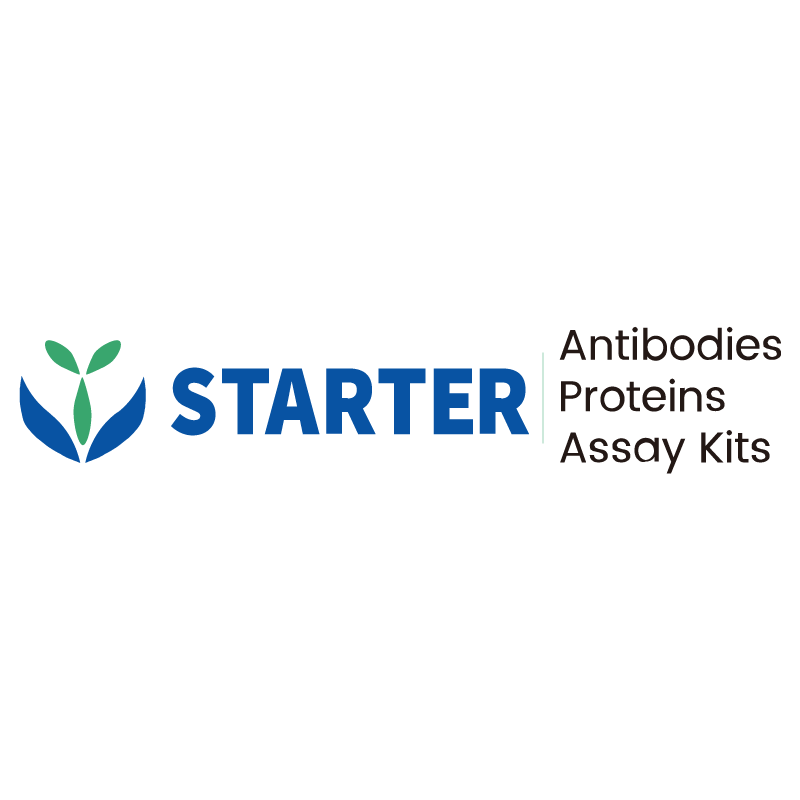WB result of Invivo anti-mouse osteopontin (SPP1) Recombinant mAb
Primary antibody: Invivo anti-mouse osteopontin (SPP1) Recombinant mAb at 1/1000 dilution
Lane 1: OPN/SPP1 His Tag Protein, Mouse 2 µg
Lane 2: OPN/SPP1 His Tag Protein, Human 2 µg Secondary antibody: Goat Anti-mouse IgG, (H+L), HRP conjugated at 1/10000 dilution
Predicted MW: 32 kDa
Observed MW: 62 kDa
Product Details
Product Details
Product Specification
| Host | Mouse |
| Antigen | osteopontin (SPP1) |
| Synonyms | Osteopontin; 2AR; Bone sialoprotein 1; Calcium oxalate crystal growth inhibitor protein; Early T-lymphocyte activation 1 protein; Minopontin; Secreted phosphoprotein 1 (SPP-1); Eta-1; Op; Spp-1; Spp1 |
| Location | Secreted |
| Accession | P10923 |
| Antibody Type | Recombinant mAb |
| Application | in vitro OPN neutralization |
| Reactivity | Ms |
| Purification | Protein G |
| Concentration | 5 mg/ml |
| Purity | >95% Determined by SEC-HPLC |
| Endotoxin | <2EU/mg |
| Conjugation | Unconjugated |
| Physical Appearance | Liquid |
| Storage Buffer | PBS pH7.4 |
| Stability & Storage |
2 to 8 °C for 2 weeks under sterile conditions; |
Dilution
| application | dilution | species |
| WB | 1:1000 | Ms |
Background
Osteopontin (OPN), encoded by the secreted phosphoprotein 1 (SPP1) gene, is a multifunctional 34-kDa matricellular glycoprotein rich in aspartic acid and serine phosphorylation sites that undergoes extensive alternative splicing and post-translational modifications (glycosylation, phosphorylation, sulfation, proteolytic cleavage) to generate multiple isoforms; it is secreted by osteoblasts, immune cells, epithelial and endothelial cells, and platelets, and it binds integrins (αvβ3, αvβ1, αvβ5, CD44 variants) and CD44 itself to regulate cell adhesion, migration, survival, and matrix remodeling, thereby orchestrating physiological processes such as bone mineralization, wound healing, and angiogenesis, while pathologically promoting chronic inflammation, tumor metastasis, fibrosis, and vascular calcification through activation of PI3K/Akt, MAPK/ERK, NF-κB, and TGF-β signaling cascades; its circulating levels rise in response to injury, infection, obesity, and cancer, making it a prognostic biomarker and therapeutic target across cardiovascular, renal, autoimmune, and neoplastic diseases.
Picture
Picture
Western Blot


